Top 10 Most beautiful Indian Fish
According to Tropical Fish Magazine, tropical fish have become the most desired, and purchased, pet. What makes a fish beautiful?
This is a story about a fish who wanted to know what makes him beautiful.
The fish wanted to know what made him beautiful, so he asked the other animals.
The first animal said that it was his scales, which were shiny and bright.
The next animal said that it was his fins, which were long and graceful.
But the third animal told him that it was his eyes, which shone brightly through the water.
He realized that all three of these things were true and he felt very happy. So a fish is beautiful if it has good coloration in fins, scales and eyes and its patterns are very pleasing for the eyes to look at. Some fish are beautiful and endangered because of environmental problems or because of adaptation and survival ability. Anyway fish have the ability to create colors and beautiful on itself but the
passion to create life and balance is the nature’s way .
Every Aquarist in any point in their life would like to keep exotic or beautiful aquarium fish and also beautiful aquarium fish can be a great addition to any home, and they make great pets too! If you’re looking for a fish that’s native to India, then you should check out the ones below. The fish are easy to care for – and don’t require a lot of water or food, and are very peaceful.
The Indian fish is a freshwater fish that is common in the Indian subcontinent. It is found in ponds, rivers, and lakes and is typically about 12–25 centimeters in length. The Indian fish has a rounded body with a small head and a pointed snout. It is light brown in color. It has a long, thin, and tapering tail.
Indian Fish Facts
Indian fish are very beautiful and colorful. There are many different types of Indian fish, but the most common type is the Indian Blue Damselfish. These fish are very colorful and can have many different colors on their bodies. The most common colors are yellow, blue, green, and red. However, some Indian fish can have more than 10 colors. These fish have a very long lifespan and can live up to 7 years. They also eat mainly algae and waste products. Indian fish are also very hardy, which makes them a good choice for a beginner fish owner.
Danio jaintianensis
Danio jaintianensis is a beautiful small danionin from the Jaintia Hills district in Meghalaya. When kept in sub-tropical conditions, they have a stunning red coloration but will not thrive unless water parameters are perfect.
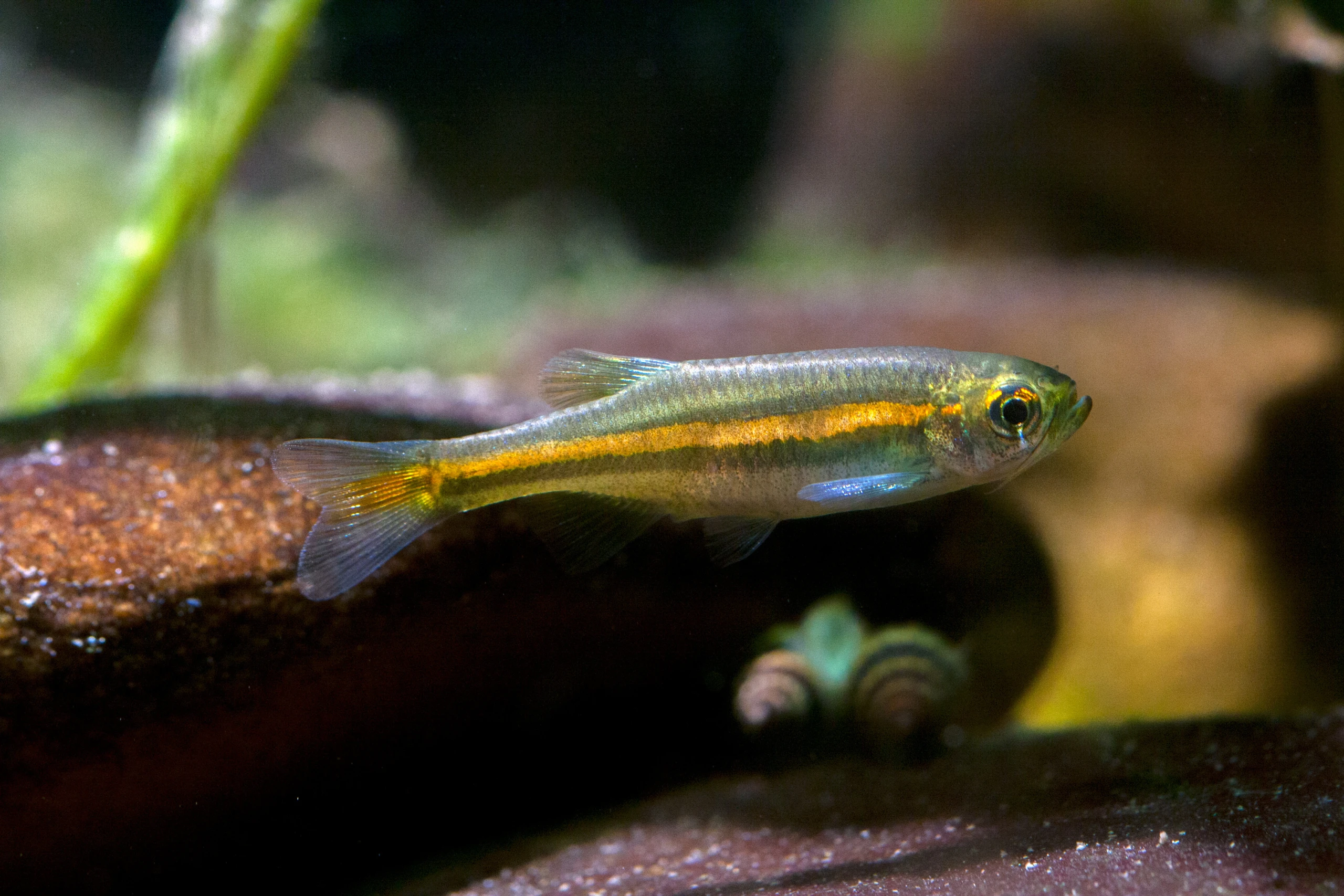
Sahyadria denisonii (Red Line Torpedo Barb)
The Denison barb, Denison’s barb, Miss Kerala, red-line torpedo barb, or roseline shark (Sahyadria denisonii) is an endangered species of cyprinid fish endemic to the fast-flowing hill streams and rivers of the Western Ghats in India. It is commonly seen in the aquarium trade and pet collection has caused it to become endangered and remains its single major threat.
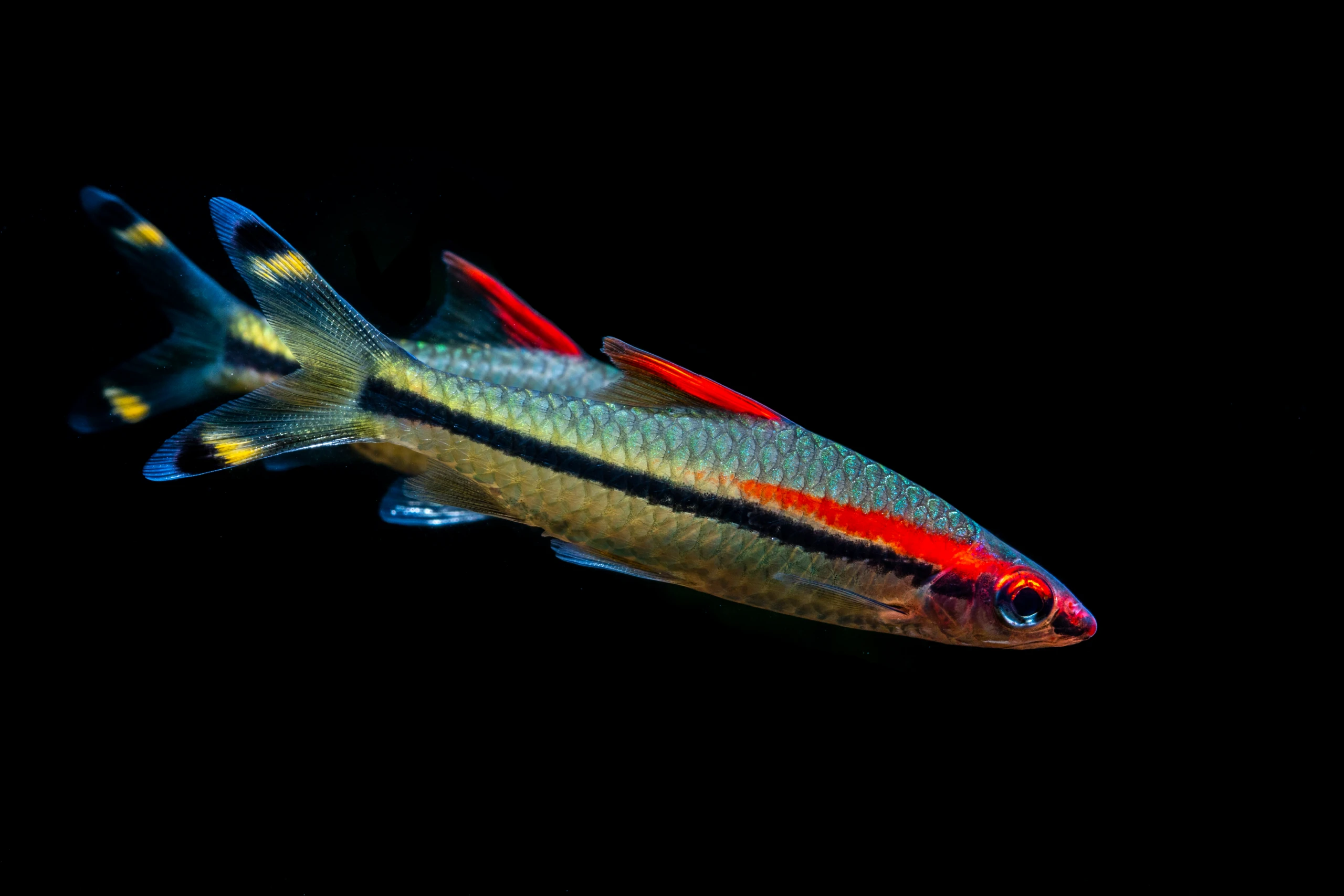
Schistura sp. Crimson (Crimson Loach)
As with some of the other species of Schistura, this is a very territorial species that should be provided with numerous hiding places amongst bogwood, plants, rocky caves and cobbles. When keeping more than one specimen it is important to create visual barriers between each hiding place. Although quite a shy species, it can be nippy towards it’s own kind (or other Nemacheiline loaches) when defending its territory. Males are particularly intolerant of each other in smaller aquaria.
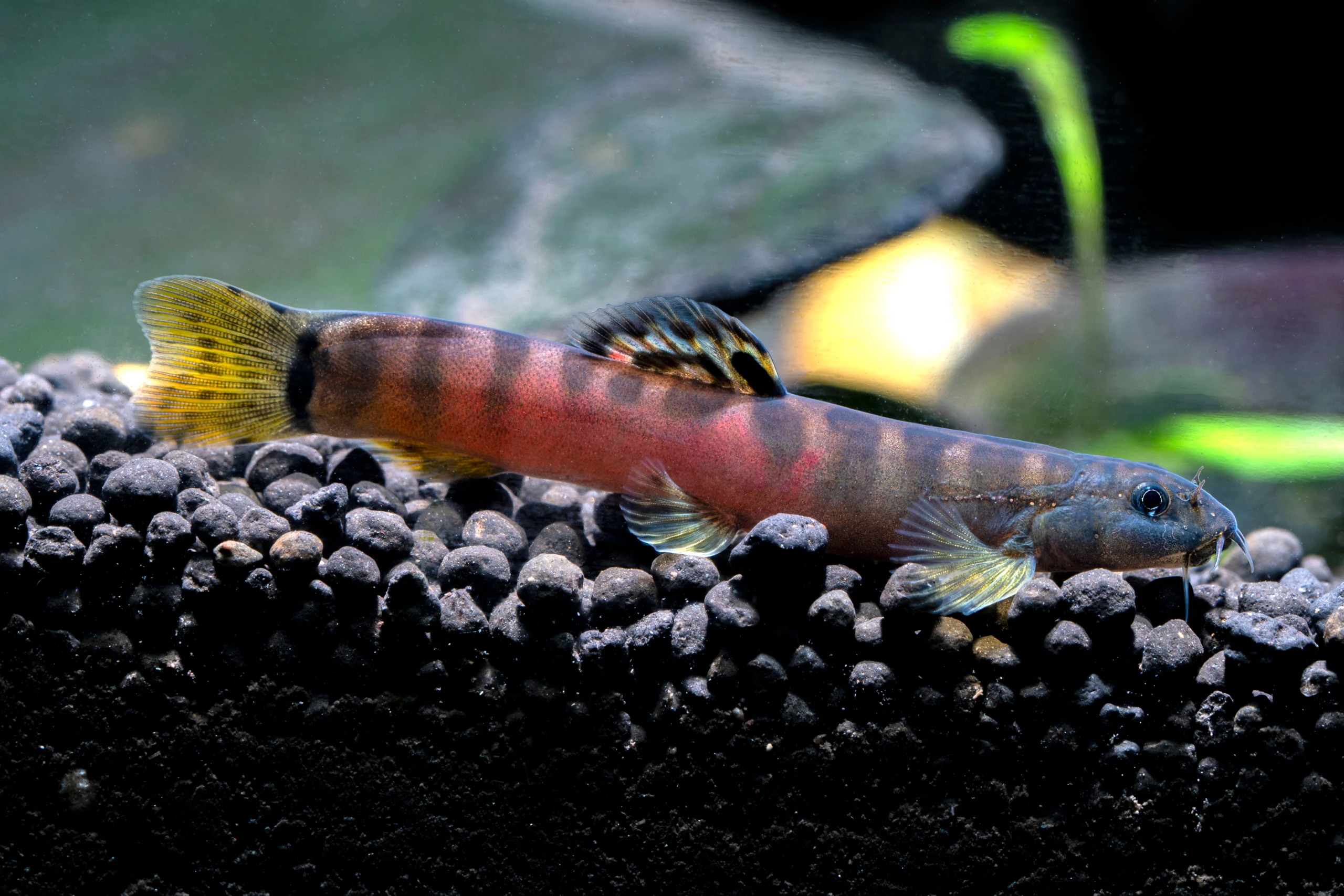
Waikhomia sahyadriensis (Maharaja Barb)
The Khavli barb or Indian maharaja barb (Puntius sahyadriensis) is a species of ray-finned fish in the genus Puntius. It is found in Maharashtra, India.
Reportedly, the scientific name of this species has been changed recently by a group of Indian ichthyologists. This species is now placed under the newly described genus Waikhomia, which is in the honor of ace Indian ichthyologist Vishwanath Waikhom, who has described over 100 species of fish from India. The newly accepted scientific name for the species is Waikhomia sahyadriensis.
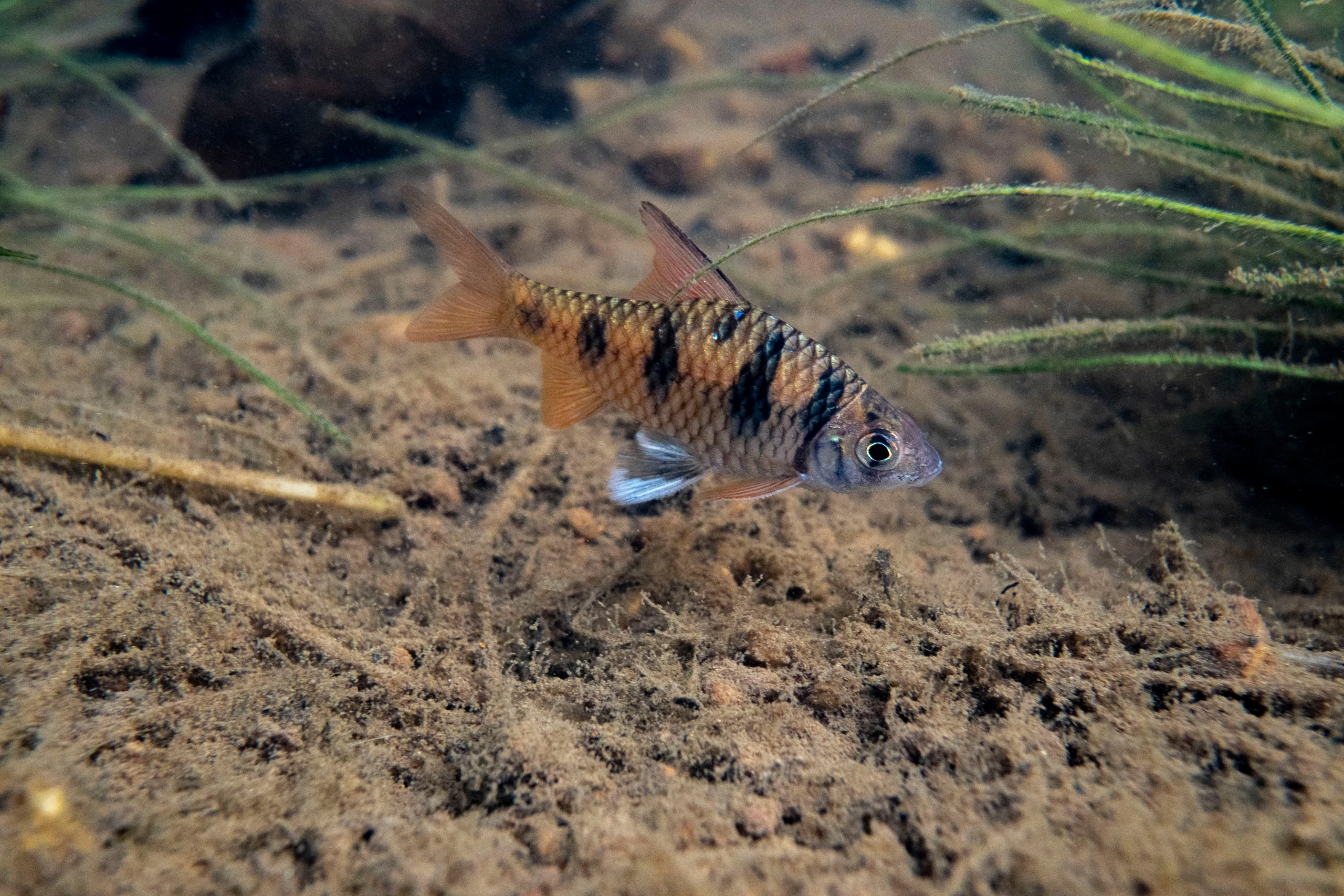
Etroplus Canarensis (Striped Chromide)
Etroplus Canarensis consists of various cichlid fishes found in Asia. Derived terms banded chromide, green chromide, orange chromide, striped chromide. This fish occurs in the oxygen rich basins 50 km from the mouth of the Netravati. It can live in variety of water flow rate and turbulence. It can grow to 100 to 110 mm. Requires moderately high temperature, pH and hardwater. It’s live foods like worms, tubifex, artemia etc. Certainly a good fish to keep in aquarium of size 45 to 120 cm you can know more about Etroplus Canarensis before keeping it in your aquarium.
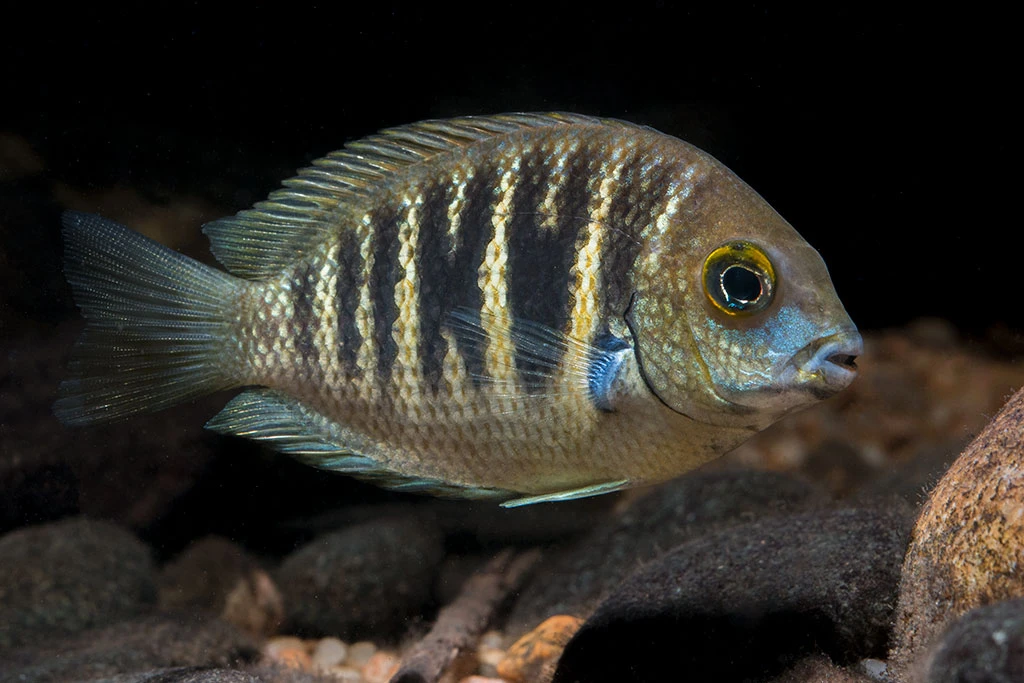
Channa aurantimaculata (Cobra Snakehead)
Channa aurantimaculata (Cobra Snakehead) is a species of snakehead fish that inhabits tropical and subtropical waters parts of Africa and Asia. It can be found in rivers, lakes, reservoirs, marine habitats, brackish water environments, and even terrestrial areas.
This predatory fish has a long body with an elongated head and sharp teeth that it uses to eat smaller aquatic creatures. It generally weighs between 2 kg and 10 kg but has been known to reach up to 30 kg!
What makes this species unique is its ability to breathe air at the surface as well as underwater. This allows it to survive in areas where other fish cannot thrive due to lack of oxygen or water pressure. Cobra Snakeheads are classified as a vulnerable species by the International Union for Conservation of Nature (IUCN), because their populations have declined significantly over the past few decades due to habitat loss and fishing activities.
So why is this snakehead so important?
Apart from being one of the largest freshwater fishes on Earth, Cobra Snakeheads play an important role in controlling population sizes of invasive aquatic organisms such as carp、 Asian Tigerfish、and common minnow。They are also able both commercially and recreationally for food; especially in Southeast Asia where they are considered a delicacy。
These fish have been kept as pets but as they get larger, people let them go into ponds, lakes, and rivers, making these fish invasive.

Dawkinsia apsara (Mascara Barb)
Dawkinsia is a genus you might not recognize the name of, but you’d probably recognize some of the fish that belong to it.
Commonly known as “filament barbs,” they’re found in the rivers around India and Shri Lanka and, prior to the new discoveries, there were nine recognized species in the genus. The most popular species is Dawkinsia assimilis, also known as the mascara barb.
But there’s also D. arulius, or Arulius barb; and D. exclamatio, or Dawkinsia exclamatio.
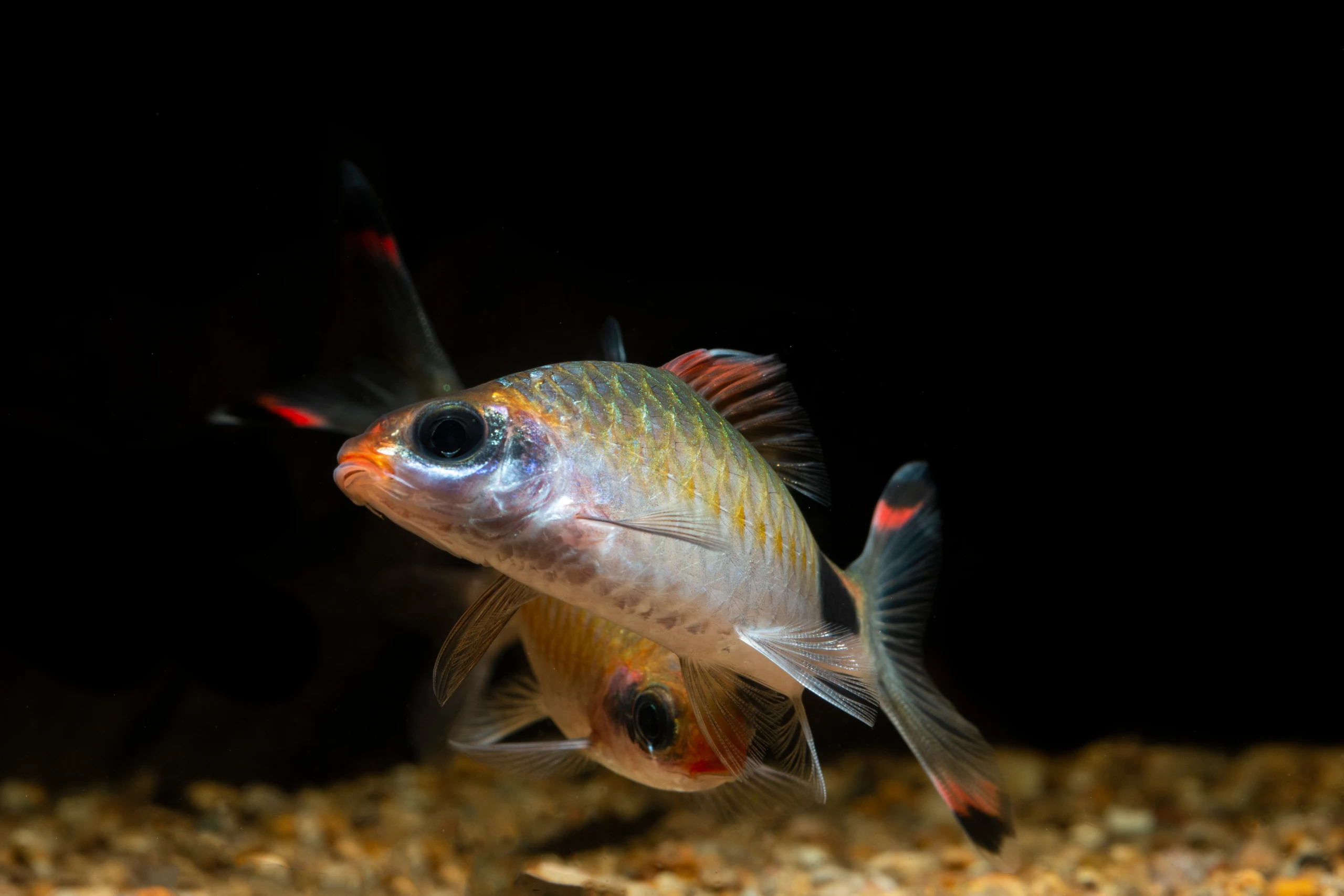
Trichogaster lalius (Dwarf Gourami)
Do you want to add a little excitement and color to your aquarium? Then, you need to get dwarf gourami! These fish are beautiful and come in all colors, so there’s bound to be one that suits your personality. Dwarf gouramis are also interesting creatures because they can change their skin color depending on how they feel. So, if you see one that looks particularly colorful or refreshing, scoop it up quickly!
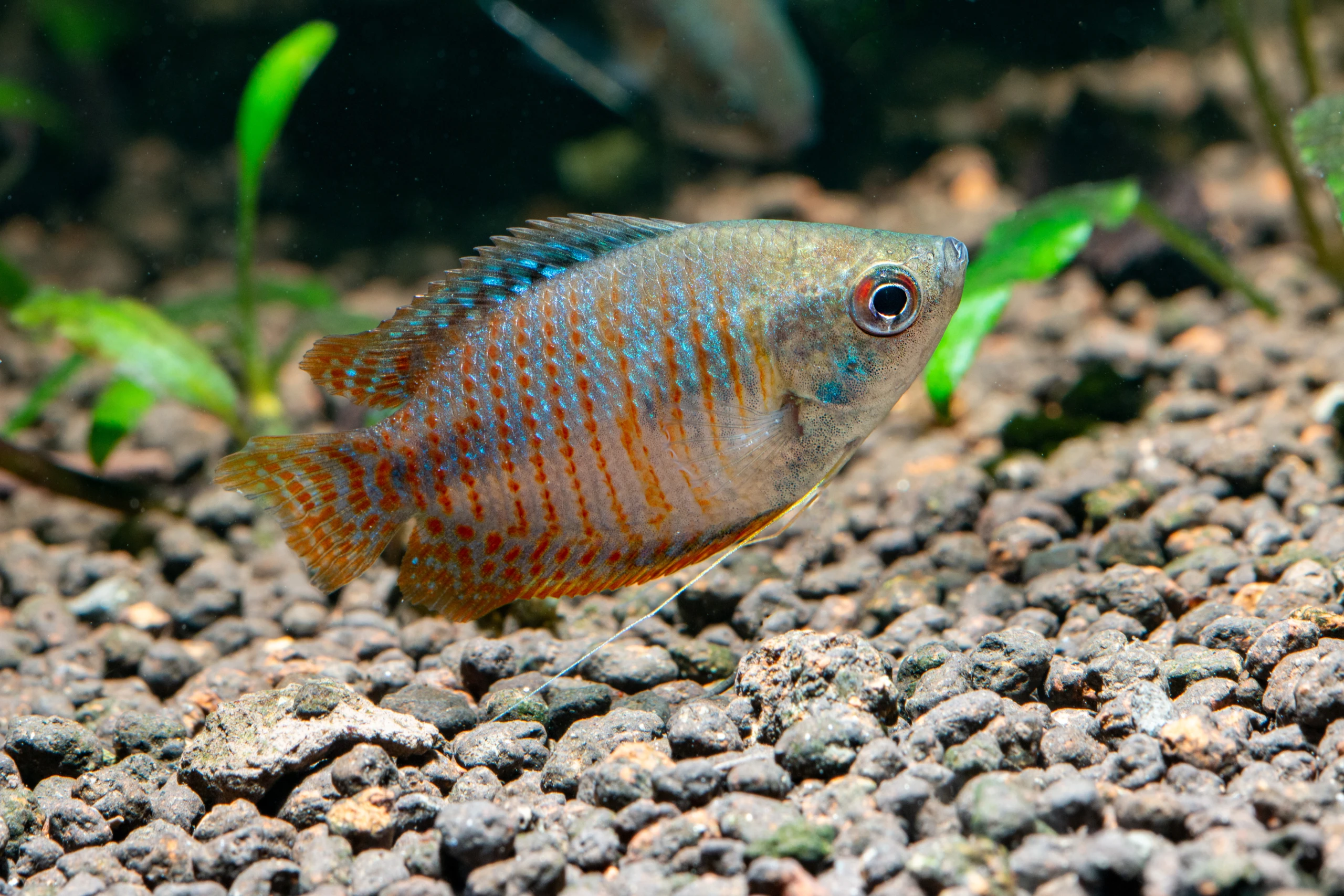
Pethia manipurensis (Manipurensis Barb)
Manipurensis Barb is a colorful Indian fish originating from the Indian state of Manipur. These fish reach to a size of about 3 to 4 cm and is loved by most aquarist who like to keep smaller fish. So an appropriate tank size would be around 20 to 50 gallons with driftwoods, plants and hiding places if you plan to keep the fish along with other fish. Since it is a small fish you should keep the fish with fish of smaller mouth that cannot swallow it. The males in breeding stage has wonderful red stripe along the body that also led to the popular name of the fish. You can also distinguish between the gender by iris, iris of males is bright red, the iris of the female yellowish.

Badis badis (Blue Badis)
Is a Asian freshwater basin and found in ponds, rivers, ditches and swamps in northern India, eastern Pakistan, Bangladesh, Bhutan and Nepal, including the Ganges, Brahmaputra, Mahanadi and Indus basins. It is s small predatory fish that feeds on tiny invertebrates. Total length is around 8 cm. These fish varieties are dimorphic meaning males are usually larger than females. Males have blue fins and display dark vertical bands on their flanks while females display lighter color.
Native to several rivers in India including Tumapao River found close to Duma, Yamuna River in the Himachal Pradesh State, Dibru River Basin and Mahanadi River in Orissa State among others. Other countries where the fish can be found include Bangladesh, Nepal and Pakistan.
The fish inhabits rivers with slow-moving waters that are not only shallow but wide as well. They enjoy swimming in waters with marginal vegetation yet turbid with sufficient mud that promotes the growth of certain aquatic plants. For this reason, the fish is unique to India where most rivers are used for the irrigation of rice and as a result are brownish in color.

In Conclusion
There are hundreds of types of fish in the world, but there are few that are as beautiful as the Indian fish. This type of fish has a lot of colors and eye-catching patterns. There are also many different variations of the Indian fish, such as the blue-scale, the rose-scale, and the peacock-scale fish. These fish are native to the Indian Ocean and have been around for decades. They are often called the “living jewels” of the ocean.
For newbies, it can be a bit overwhelming to think of where and how they should keep their new tropical fish. These few tips will make the whole process super-easy. Instead of stressing out about getting a suitable tank and other equipment, just follow one of these steps:
First and foremost, only purchase newly caught or grown fish from reliable brands that have proven records on ethical business practices. Second, ask for advice if you need assistance setting up the right environment for your pet. Finally, ensure proper feeding habits are followed by the animal to ensure its health is maintained properly!
Check out other top list videos about the aquarium fish below. Make sure the subscribe YouTube channel of Sinto Joseph where you can find more aquarium and fish keeping videos. Sign Up as users and Hop into the newsletter if you want updates from us.
- 10 Best Water Purifiers: Health & Safety Benefits - February 18, 2024
- How to Avoid Sexual Health Problems - January 24, 2024
- Top 10 Dishwashers: The Ultimate Guide - October 20, 2023

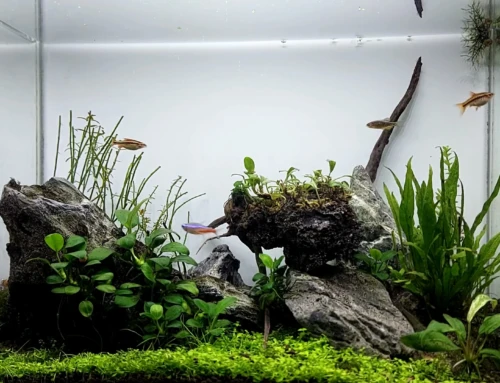

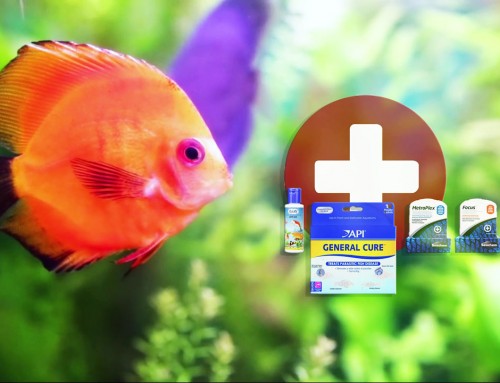
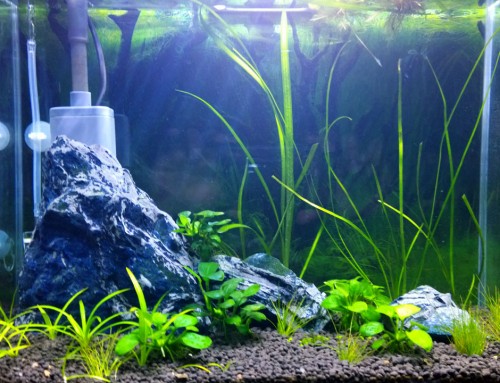
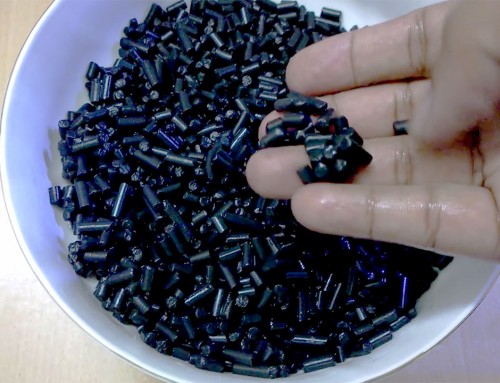
Leave A Comment
You must be logged in to post a comment.